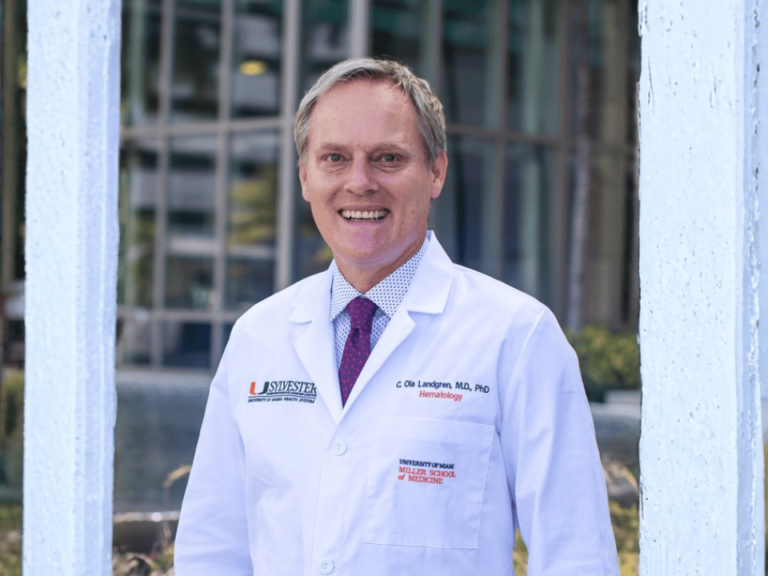Researchers at UT Southwestern’s Simmons Cancer Center have shown that RAS molecules act in pairs, known as dimers, to cause cancer, findings that could help guide them to a treatment.
The question of RAS dimerization has been debated, according to Kenneth Westover, assistant professor of radiation oncology and biochemistry with the Harold C. Simmons Comprehensive Cancer Center at UT Southwestern Medical Center.
The UT Southwestern team led by Westover used X-ray crystallography data to predict what a RAS dimer might look like, then tested the model in cells using a method called fluorescence resonance energy transfer to show when RAS forms dimers and when it does not.
The study, published in the journal Cell, provides a foundation for further studies that delve into RAS biology and could potentially pave the way to develop new cancer drugs that target RAS dimerization.
Members of the Westover research lab teamed up with researchers from the Dana Farber Cancer Institute to show that RAS dimers are essential in a number of cancer cell systems and animal models of cancer.
This work was supported by The US Department of Defense, V Foundation for Cancer Research, and the Cancer Prevention and Research Institute of Texas.











